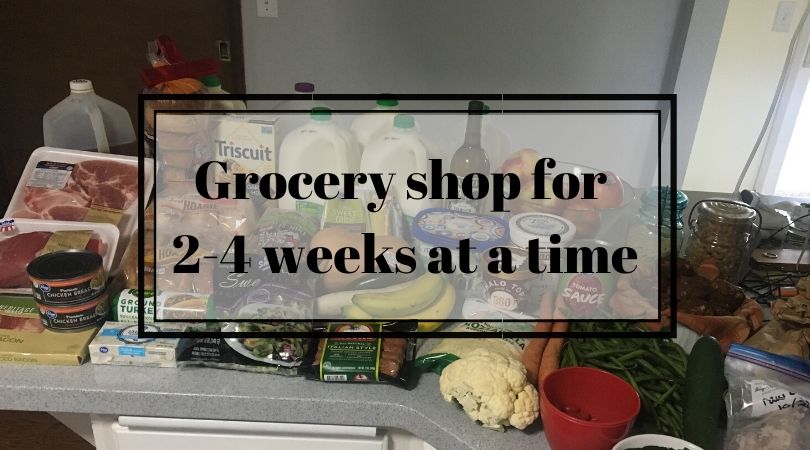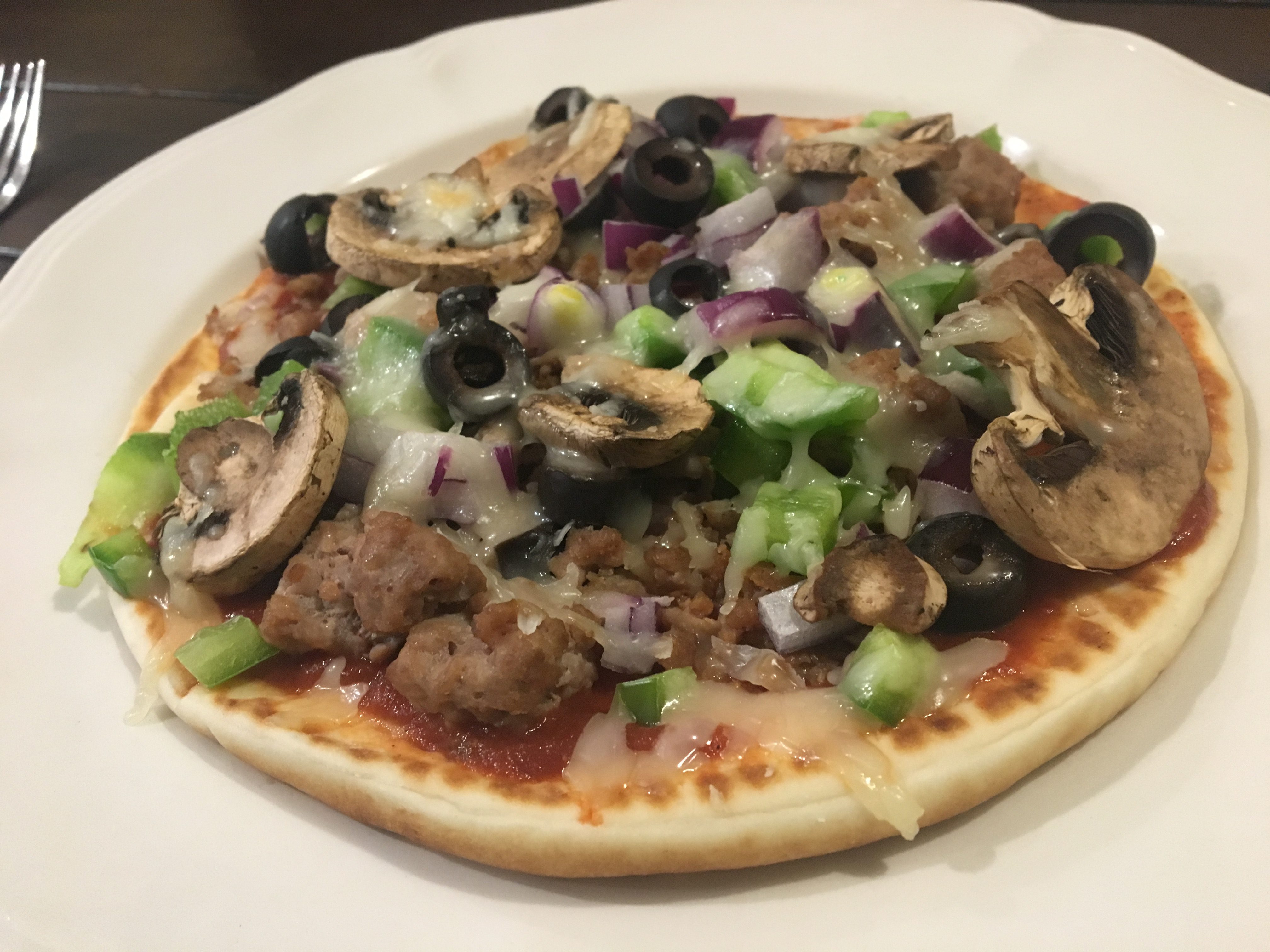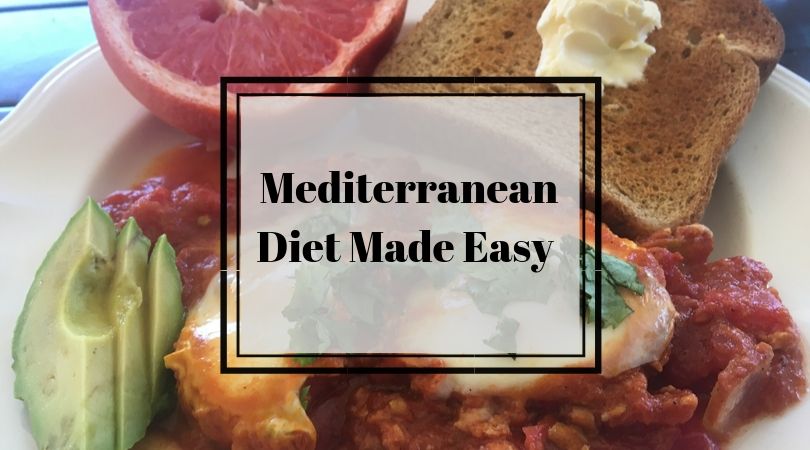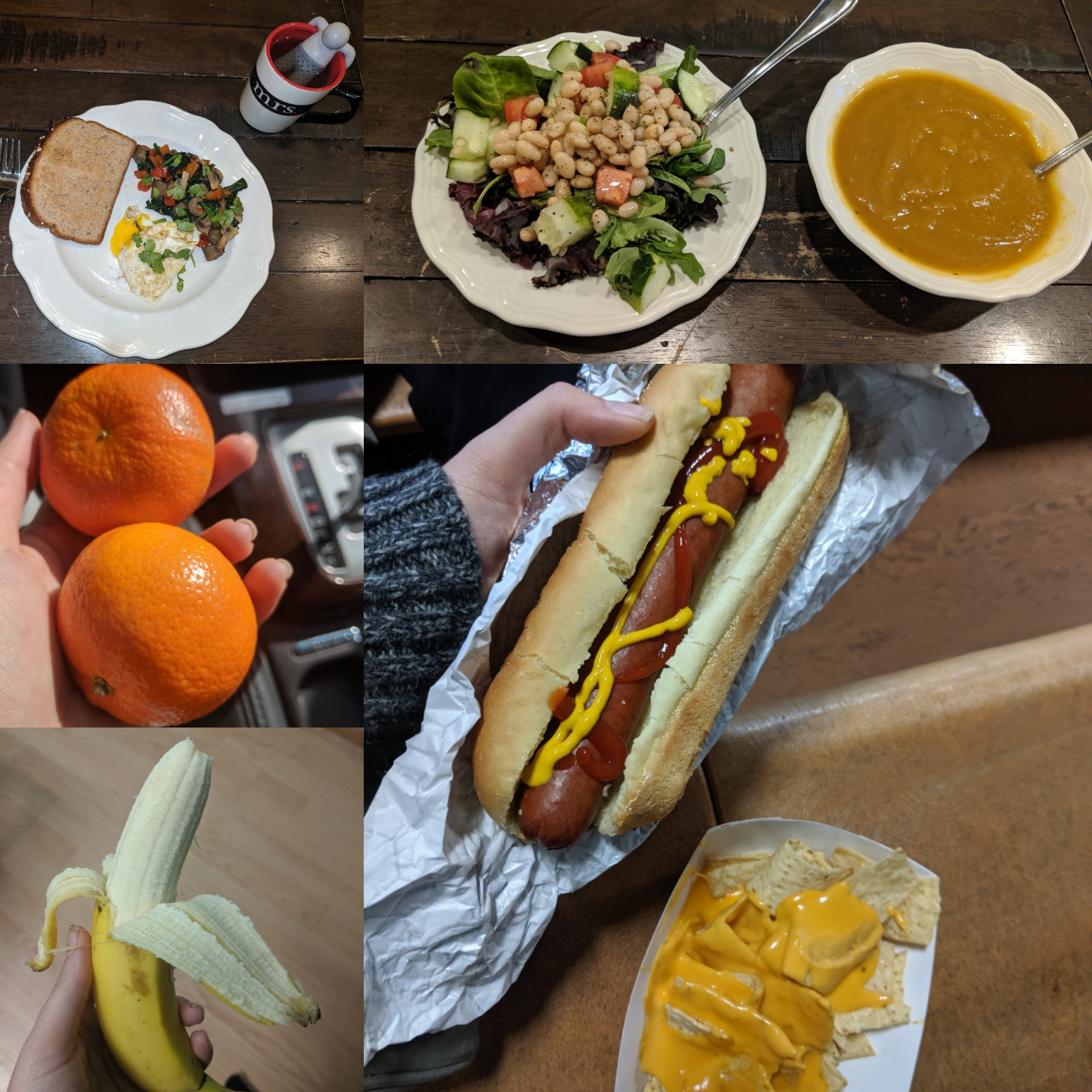Let’s get right down to reality: grocery shopping is not that fun of an activity for most people. Right now during the COVID-19 pandemic, it can be even worse! What is grocery shopping like in your area right now? Here there are longer lines, emptier shelves, and though I totally understand the need for social distancing, it gives me middle school ostracization vibes. Since I’m trying to minimize my exposure (to COVID-19 and the discomfort of grocery shopping), I’ve decided to try to spread out my shopping to every 2 weeks instead of every week. This poses some logistical questions: how do you eat healthy meals for 2+ weeks when many fresh ingredients only last a week? How can you possibly remember everything you’ll need?
In the past, I’ve walked you through a step-by-step method for making a meal plan. If you haven’t read that post, go check it out for some necessary background info. Today I’ll take you through some tips to make that process work for meal plans longer than 1-2 weeks. This is useful if you prefer to/are only able to grocery shop once or twice a month. It’s especially applicable right now, while we’re trying to spend less time out of our homes!
1. Organize your meal plan by ingredient lifespan
To maximize nutrition and variety, plan your meals around the ingredients that will “make it” to each week. Balance this based on the fridge/freezer/pantry space you have. If you have less fridge space, you may rely more heavily on your freezer. If you’re lacking freezer space, you may rely more on canned or dry goods. If you lack pantry space, stuff canned goods in your shoes! I’m kidding…sort of. Stash ’em wherever you have to – you gotta eat!
Keep in mind that foods from weeks 2-4 can always be eaten sooner, but week 1 foods won’t necessarily make it to weeks 2-4.
Week 1
| Proteins | Vegetables | Fruits | Dairy/Calcium | Grains/Starches | Snacks |
fresh or frozen meat
dry or canned beans eggs tofu |
leafy greens
asparagus eggplant mushrooms tomatoes snap peas cucumber zucchini/yellow squash |
avocados
bananas (peel and freeze after 1 week if uneaten) tomatoes grapes clementine oranges lemons/limes |
fat free or 1% milk
fat free or 1% yogurt plant-based milks (make sure they are fortified with calcium and vitamin D) low fat cottage cheese cheese tofu |
whole grain pasta
brown rice quinoa potatoes sweet potatoes whole grain bread products whole grain cereals |
fresh veggies with hummus
apples with peanut butter grapes and cheese whole grain crackers with cheese tortilla chips with salsa and cottage cheese dark chocolate |
Week 1 Meal ideas: chef salad, deli meat sandwiches, salmon with grilled or roasted asparagus, tacos, hamburgers, veggie scrambles/frittatas, Greek cucumber and tomato salad, Buddha bowls
Week 2
| Proteins | Vegetables | Fruits | Dairy/Calcium | Grains/Starches | Snacks |
frozen meat*
canned salmon, tuna, or chicken dry or canned beans eggs (hard-boil after 2 weeks if uneaten) tofu* |
cabbage
carrots broccoli cauliflower beets butternut or acorn squash bell peppers onions |
apples
oranges pineapple (buy under-ripe or canned) watermelon frozen berries frozen bananas (leftover from week 1) |
fat free or 1% milk* (take out to thaw 2-3 days before you need it)
fat free or 1% yogurt (individual containers will last 2 weeks) plant-based milks (make sure they are fortified with calcium and vitamin D) cheese tofu* |
whole grain pasta
brown rice quinoa potatoes sweet potatoes whole grain bread products* (take out to thaw 1 day before you need it) whole grain cereals |
whole grain crackers with cheese or canned tuna/chicken
trail mix whole grain chips (e.g. Sun Chips, Food Should Taste Good tortilla chips) frozen edamame (microwave and salt!) yogurt with frozen berries & granola dark chocolate |
*Freeze as soon as you get home from shopping.
Week 2 meal ideas: stir fry (use any protein you like!) with rice, BBQ chicken w/coleslaw, beef stew, butternut or acorn squash soup, chicken parmesan w/spaghetti, broccoli/cauliflower chopped salad, pita pizzas, Asian chopped cabbage salad, pork chops with steamed broccoli, loaded baked potatoes
Weeks 3-4
| Proteins | Vegetables | Fruits | Dairy/Calcium | Grains/Starches | Snacks |
frozen meat*
canned salmon, tuna, or chicken hard-boiled eggs (made in week 2) dry or canned beans tofu* |
canned/jarred veggies
frozen mixed vegetables vegetable-based sauces
onions |
canned peaches or pears (look for those canned in juice and top with a dollop of light whipped topping – yum!)
frozen berries frozen bananas (leftover from week 1) dried fruits
|
fat free or 1% milk* (take out to thaw 2-3 days before you need it)
fat free or 1% yogurt* (take out to thaw 1-2 days before you need it) plant-based milks (make sure they are fortified with calcium and vitamin D) tofu* |
whole grain pasta
brown rice quinoa potatoes sweet potatoes whole grain bread products* (take out to thaw 1 day before you need it) whole grain cereals |
beef or turkey jerky
fruit leathers trail mix whole grain chips (e.g. Sun Chips, Food Should Taste Good tortilla chips) frozen edamame (microwave and salt!) dark chocolate (yes it’s on EVERY. SINGLE. WEEK…you can tell the haters your dietitian said so) |
*Freeze as soon as you get home from shopping.
Week 3-4 Meal Ideas: chili with tortilla chips, deviled eggs with pickled veggies, tuna casserole with frozen peas and carrots, tuna fish or egg salad sandwiches, smoothies, spaghetti with green beans, jambalaya
2. Include “catch-all” meals 1-2 times weekly
“Catch-all” is the term I use to affectionately refer to meals that are delicious with nearly any combination of vegetables. These are super useful when you’ve got odds-and-ends produce left over from other meals. Think curries, soups, stir-fries, scrambles, etc. Schedule 1-2 of these in each week to use up whatever produce you have milling around or that is nearing it’s early end to make sure it doesn’t go to waste.
If you’d like more ideas for catch-alls, check out this post I wrote entirely about these nifty meals!
3. Have some “plan B” meals available
“Plan B” meals are my term for meals you can make entirely from frozen or shelf-stable ingredients. Essentially, they are “week 3-4 meals” that aren’t part of your actual meal plan. I always keep 1-2 meals worth of “plan B” meals available for when the inevitable happens to your plan A. Maybe you had to use up your ingredients early because they were going bad, or maybe some hungry family member unknowingly ate your entree for Friday’s dinner. You’ll save yourself a lot of stress if you keep one or two of these handy just in case.
4. Check your staples before you shop
Shopping for several weeks at a time can make it tough to anticipate all of the kitchen and household needs you might run into. When I plan for a big shop, I’ve learned I must actually take the time to check (yes, open the cupboard and look at) my storage of all of our household staples. Otherwise, I forget that I used up the garlic powder or I don’t notice that my husband used the last Band-Aid. Even worse for a lockdown situation, I might not realize that my teenage son killed the last of his deodorant (yipes)! You don’t want to have to wait 3-4 weeks for some of these necessary staples. Take the time to check it. I know it’s annoying, but the 5 minutes it takes is worth it. Use a staples list to help you out (you can find a pre-made one here, or see mine in this post). Don’t forget spices, hygiene products, and pet supplies!
5. Store it the right way
Spend some time making sure you are properly storing your produce for maximum freshness. I’m constantly learning new ways to store veggies to keep them longer! Check out some of my favorite tips for storing produce:
- tomatoes: keep them out of the fridge and intact (on the vine if possible)
- carrots: store point down in a jar of water in the fridge to retain crispness
- spinach/lettuce: remove plastic and store unwashed in an airtight container with a folded paper towel
- mushrooms: store in a breathable bag (paper bags work well) with a folded paper towel
- broccoli: store naked in the produce drawer
- onions/garlic: store at room temperature in a cool, dry place
- potatoes: store at room temperature in a cool, dry place
- butternut or acorn squash: store at room temperature in a cool, dry place
- bananas: break apart bunches and store separate from other produce (bananas can ripen other produce more quickly)
I hope these tips have helped you navigate long-term meal planning! Leave me a comment and let me know what was useful (or other posts you would like to see)! Stay safe and healthy!
You Might Also Like
How to do a Pantry/Freezer Challenge (step-by-step walkthrough)
Streamline your Healthy Week in Just 20 Minutes per Week
The Must-Try Meal Planning Hack to Stop Wasting Food and Money









